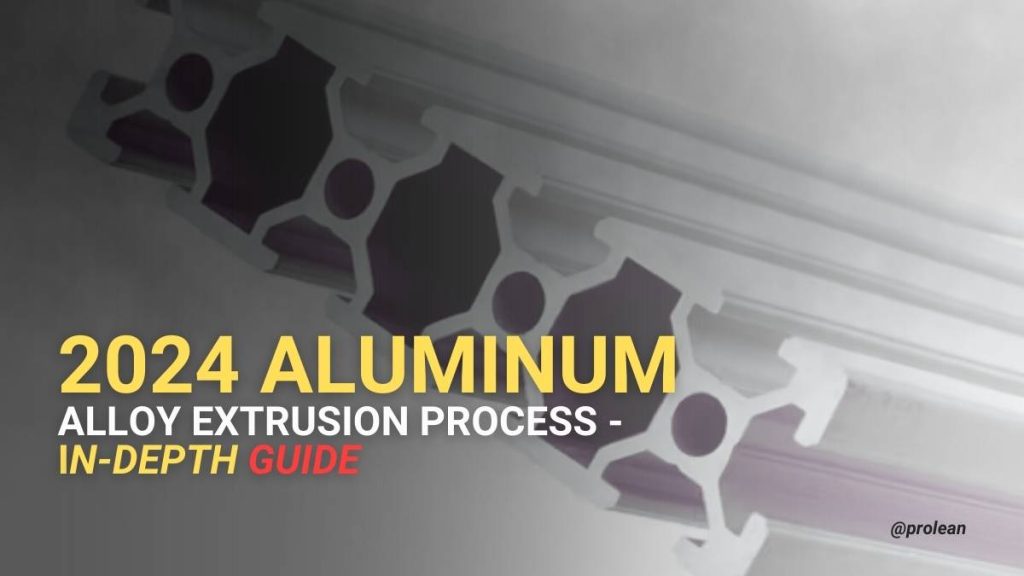
The 2024 aluminum alloy is a commonly used alloy in extrusion applications, especially in some high – strength – required fields, The extrusion process of 2024 aluminum alloy is complex. The billet needs to be heated to a specific temperature range (usually 454 °C – 482 °C), and then forced through a precisely designed die under high pressure. After extrusion, a series of post – treatments like cooling, heat treatment, and surface finishing are also crucial to obtain the desired properties and quality.
However, the procedure is not as simple as it seems. Since a wide range of factors and variables needs to be controlled during processing. For 2024 aluminum alloy extrusion, the billet is generally heated to a temperature range of 450°C – 500°C (842°F – 932°F), but the exact temperature should be determined according to the specific situation, such as the alloy composition and the extrusion parameters.
Modify it to “After extrusion, the profile needs to be cooled in a controlled manner. The cooling rate and uniformity are both important to maintain its mechanical characteristics. Different cooling methods, such as air cooling or water cooling, may be used depending on the specific requirements. The combination of high strength, good fatigue resistance, and formability of aluminum alloy 2024 makes it highly valuable in aerospace, automotive, and structural parts, especially when there is a demand for high – strength and durable components. Let’s get into more detail about its process, applications, and buying guide.
2024 Aluminum Alloy Extrusion Process: How It Is Shaped & Formed?
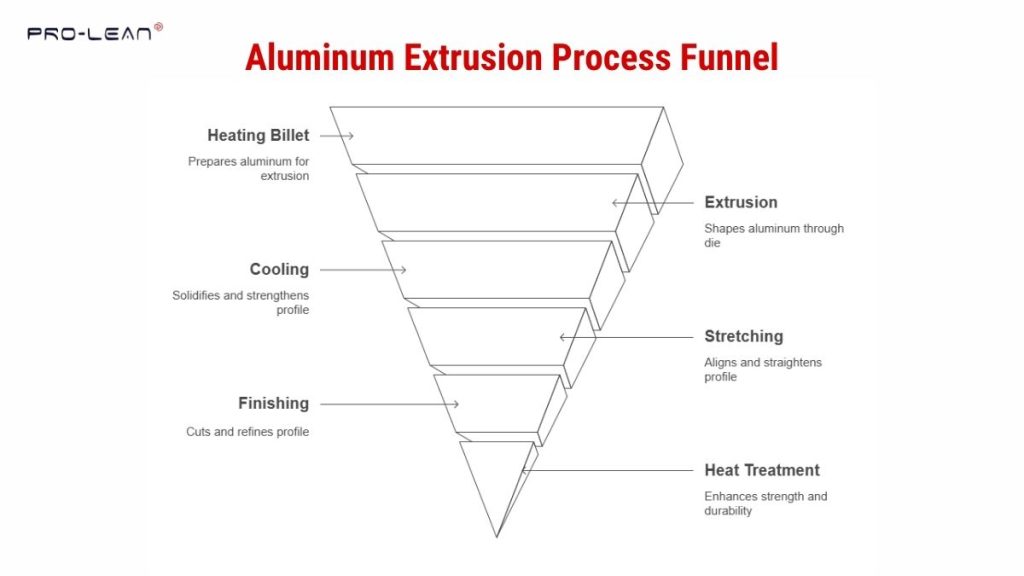
Aluminum Extrusion Process Funnel
The aluminum extrusion process involves shaping 2024 aluminum alloy into accurate geometry for various uses. Here’s a simple breakdown of the process.
Step 1: Preparing Aluminum Billet
The solid aluminum billet, a cylinder, is heated to a temperature of between 454 °C and 482 °C(850 °F and 900 °F). Here, it becomes molten enough to be extruded.
Step 2: Extrusion Press
The heated billet is then forced through a die by a combination of high pressure and relative motion. The die shape defines the final profile, whether it is T-sections, angles, channels, or tubes.
Step 3: Die Design
For each extrusion, a new die is made, so the aluminum flows as it should in appropriate conditions, and there is little resistance to retard its flow.
Step 4: Cooling and Quenching
After extrusion, the profiles are cooled by air or water to become solid. The cooling rate is critical for maintaining the strength and hardness.
Step 5: Stretch and Straighten
The profile is given a final stretch to relieve internal stresses and straighten up any twist resulting from cooling.
Step 6: Cut and Finish
The object length is determined and then cut by using precision saws. Further, it is machined, deburred, and anodized as desired.
Step 7: Heat Treatment (Aging Process)
The extrusions are solution heat treated and artificially aged to develop strength and fatigue resistance. Particularly, it’s important for 2024 aluminum in high-stress applications.
Step 8: Quality Control and Inspection
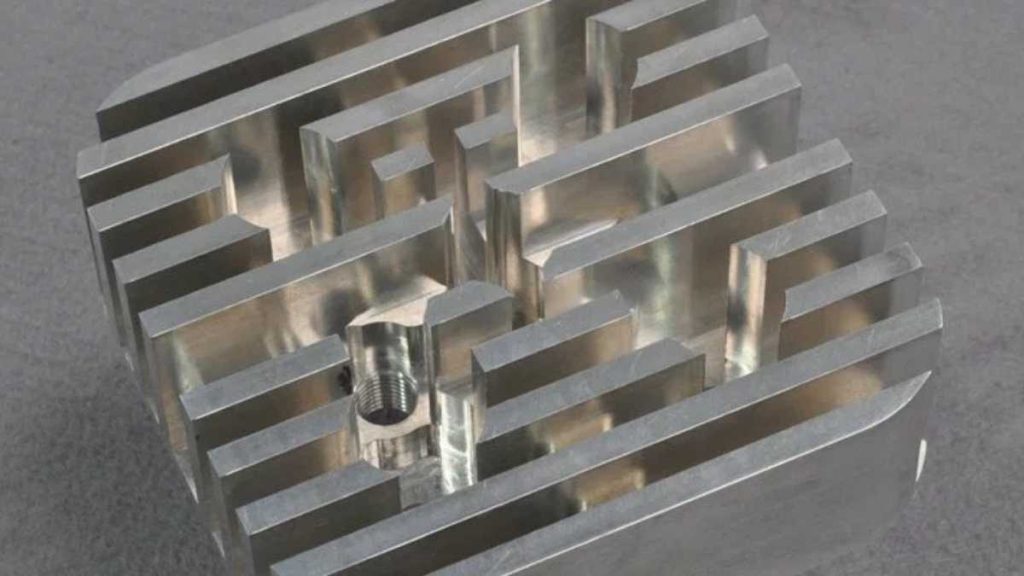
2024 Aluminum Extruded Polished Part
The final check validates that the extrusions meet strict dimensional and performance requirements. These tests include tensile strength, hardness, and visual checks for defects.
Try Prolean Now!
2024 Aluminum Alloy Feeds & Speeds
- Feeds and speeds must be calculated rigorously as a prerequisite for successful extrusion.
- After the die is put in place, the feed rate will determine the speed at which aluminum joins with it. The die area and flow rate of the material can be calculated by using the expression.
V=Q/Ad
Where,
V = Extrusion speed (mm/min)Q = Flow rate (cm³/min)
Ad = Die area (mm²)
- Correct feed rates are detrimental to smooth, uniform material flow. The speed of extrusion is simply the speed at which the press itself operates. It can be measured by using the formula;
F = D/t Where (D) is the diameter, and (t) is the time) - The right extrusion speed allows you to mitigate defects like warping, bending, and surface imperfections.
- A nice extrusion speed can make the product consistently shaped and also meet mechanical requirements. A suitable extrusion speed is one of the important factors to ensure the product’s consistent shape and mechanical properties. However, it’s also necessary to consider other factors like the die design, the quality of the billet, and the post – extrusion treatments to achieve the desired results.
- A little feed rate won’t get complete extrusion. Foreign constituents in the material threaten dimensional accuracy and excessively slow feed rates.
- The feeds and speed calculator not only helps operators figure out the best feed rate and extrusion speed but also considers factors like billet size, material properties, die design, and press capacity.
- Besides taking into account the temperature of the billet, flow characteristics of the material, and press capabilities, this device assures a more efficient, defect-free extrusion process.
- Proper calculation also holds down the chance of costly errors so that the final result is under greater control.
Where Are 2024 Aluminum Alloy Extruded Products Used?
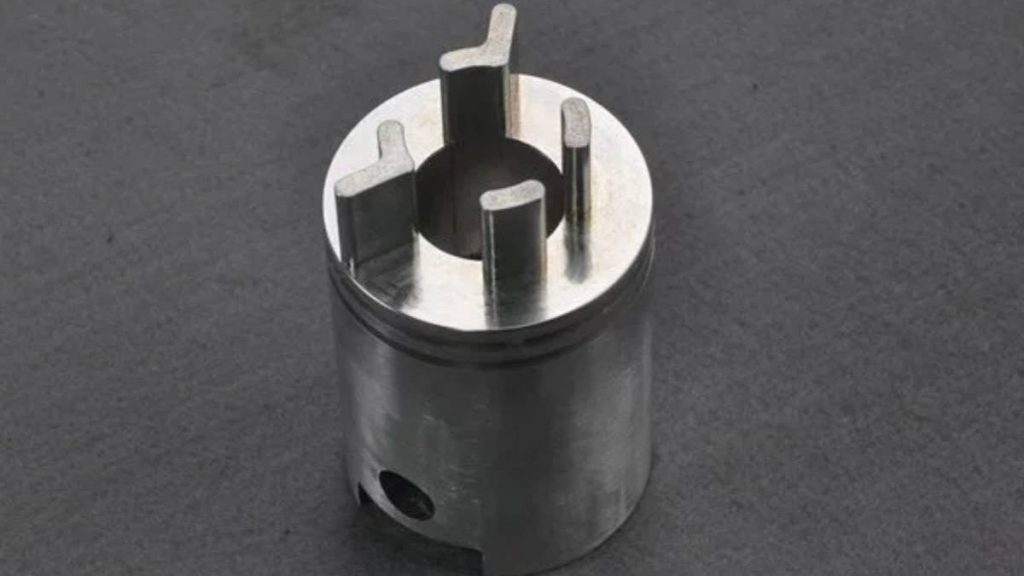
Aluminum Extruded Product
In lightweight construction, and where strength and fatigue resistance are required, 2024 aluminum extrusion alloy serves well. In aerospace, it is used for shaping wing spars and landing gear parts along with fuselage frames.
Most noteworthy of all is its ability to take cyclic loadings. So, 2024 aluminum construction is virtually essential for all lightweight structures that are subjected to constantly varying stresses.
In auto racing, 2024 aluminum is ideal for fabricating highly strong and weightless parts. Its striking mechanical characteristics are also in demand for military hardware. Although it has poor corrosion resistance, 2024 performs optimally where high performance is demanding. Although 2024 aluminum alloy is not as corrosion – resistant as some other aluminum alloys, it still has acceptable corrosion resistance in many cases. With proper surface treatments, it can perform optimally in high – performance – demanding applications
Guide to Build DIY 2024 Aluminum Extrusion Setup
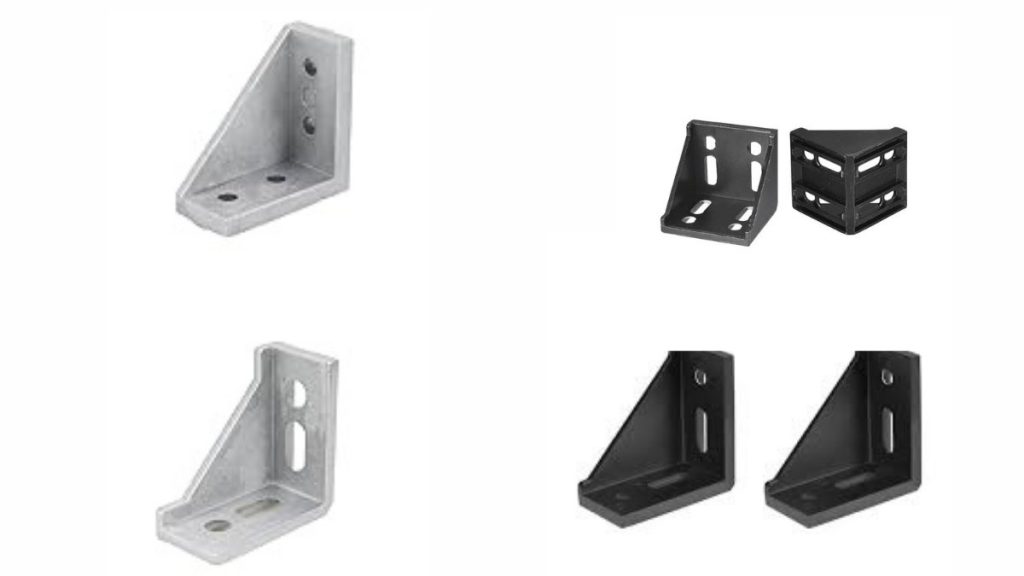
Common Aluminum Extruded Profiles (V-shapes & T-slots)
Building a DIY extrusion setup is something that needs specialized knowledge and the right tools.
- You’ll need a high-temperature furnace to heat your aluminum 2024 billet.
- Before you start, the billet must reach the required extrusion temperature.
- The billet is then forced through a die using a hydraulic press.
- A hydraulic press makes sure the die poses no hindrance at all.
- A cooling system is fundamental when it comes to regulating the cooling rate.
- Proper cooling allows the material to keep its strength.
- Making custom dies is necessary to get the profile exactly right.
- If you want consistent results, temperature control is of paramount importance.
- Making extrusions durable and able to retain their performance characteristics over time through proper cooling.
- Achieving consistent results requires careful attention to detail.
- A DIY setup is ideal for commencing small-scale projects.
- Though a DIY setup can be rewarding, it also has its challenges. So, get in touch with experts before making a decision.
Aluminum Alloy 2024 Vs. Other Alloys: Which is Right for Your Project?
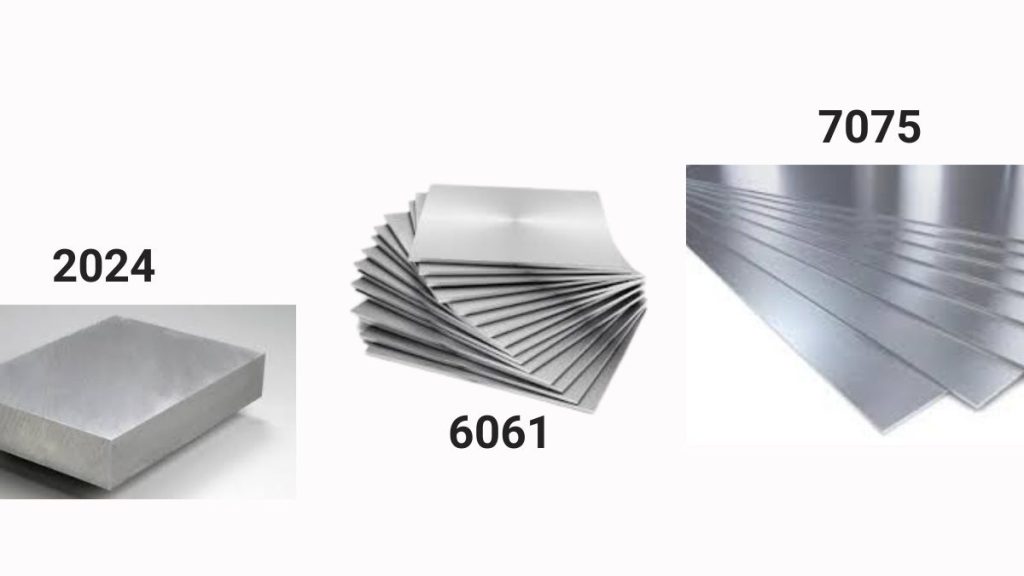
Aluminum Alloy 2024 Vs. 6061 Vs. 7075
Here’s a quick comparison between 2024 aluminum vs. 6061 aluminum vs other alloys commonly used alloys for extrusion projects, such as 6061 and 7075:
|
Property |
2024 Aluminum |
6061 Aluminum |
7075 Aluminum |
|
Strength |
High |
Moderate |
Very High |
|
Weight |
Light |
Slightly Heavier |
Similar to 2024 |
|
Corrosion Resistance |
Poor |
Excellent |
Good |
|
Machinability |
Difficult |
Easy |
Hard |
|
Fatigue Resistance |
Excellent |
Good |
Very High |
|
Weldability |
Poor |
Excellent |
Fair |
|
Applications |
Aerospace, Military |
General Purpose |
Aerospace, Military |
|
Cost |
Expensive |
Affordable |
Expensive |
When To Choose Each Aluminum Alloy?
2024 Aluminum: For aerospace and automotive beneficiaries, choose 2024 aluminum because it offers high strength, and fatigue resistance. However, the alloy has low machinability, weldability, and corrosion resistance.
6061 Aluminum: 6061 is perfect for general-purpose applications. It provides machining ease, offers excellent resistance against corrosion, and impacts under harsh conditions. For example, for structural, frames, and machineries, you can employ aluminum 6061 alloys.
7075 Aluminum: Pick 7075 alloy in case your application demands high performance and fatigue resistance. It’s relatively tougher to machine but the right fit for high-stress uses.
Try Prolean Now!
How Much Does 2024 Aluminum Extrusion Cost?
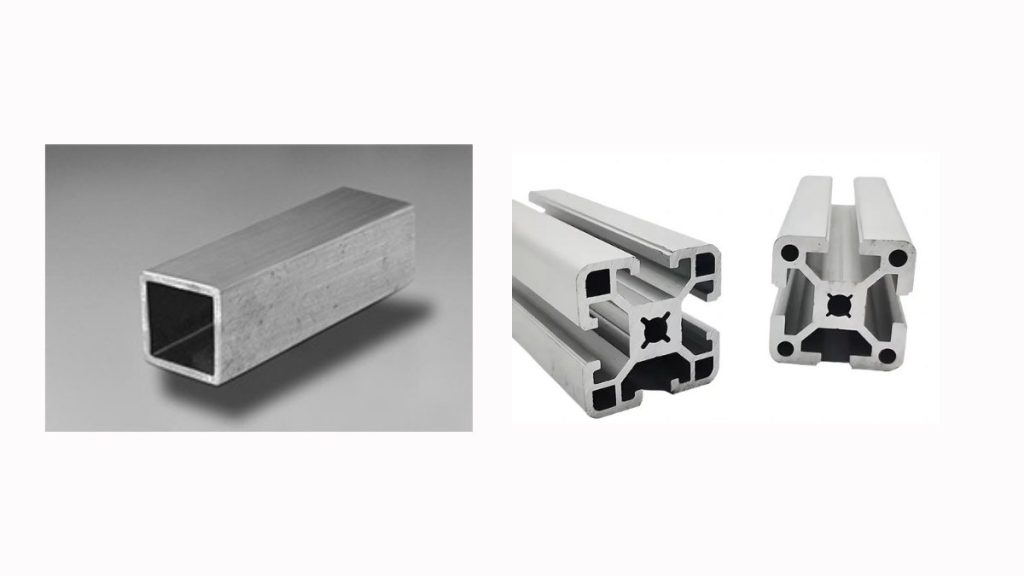
2024 Aluminum Hollow-Shaped Profiles
The cost breakdown of the aluminum extrusion process is given below:
Tooling costs
The cost of making custom dies dyes is substantial, especially for complex designs. This increases the cost significantly. Precision and avant-garde methods of manufacture are needed for custom die-making.
Material costs
Production costs will vary according to fluctuating market prices for 2024 aluminum from time to time. In general, prices are dependent on availability, amount, and economic conditions. If trying to purchase as much as possible at one time, cheaper is the cost per unit.
Labor costs
For successful enclosure processing, skillful operators are required to handle the extrusion process. Labor costs move upward with higher skill levels required and increased complexity in design. Plant technicians are tasked with managing extrusion speed and die handling as well as temperature control, all at acceptable ranges.
Production volume
Increasing the amount of goods that are to be produced markedly reduces cost/unit. A setup charge is spread over a large amount of extrusions. Small production runs have higher setup costs. But, these provide more shoddy results in terms of profit.
Post-treatment
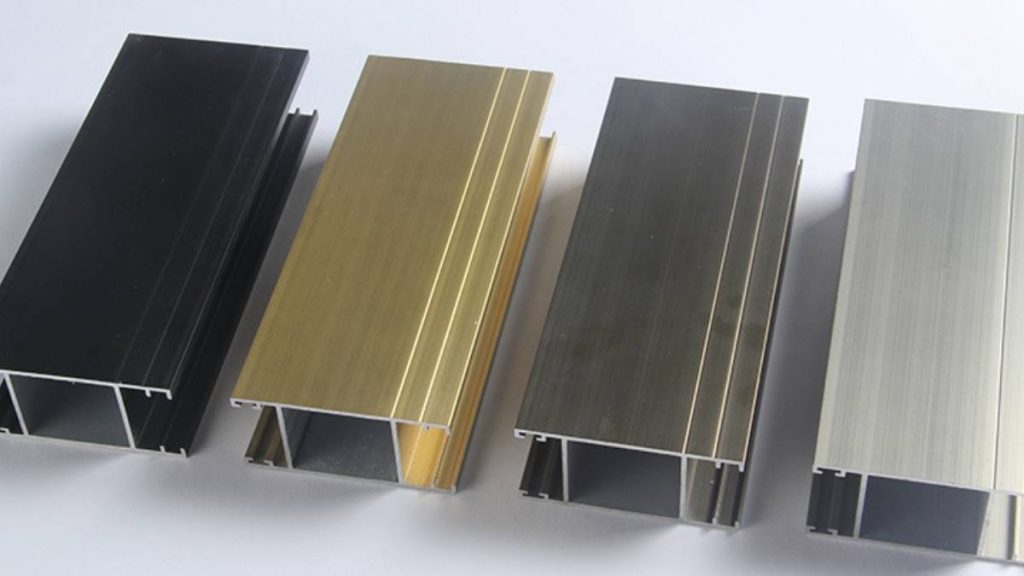
Finished Aluminum Extruded Product
Aftertreatment improves the structural integrity and durability characteristics of materials – heat treatment, for instance. At the same time, post-treatment is done to make products better looking and more proactively resistant to corrosion, like anodizing, etc. These items will add slightly to your overall costs but are compulsory for a better product.
Post-Extrusion Treatments for 2024 Aluminum Alloy
Typical post-treatment techniques used for aluminum extrusion alloys are mentioned below:
- Heat Treatment (Aging and Solution Heat Treatment)Anodizing
- Chromate Conversion Coating
- Mechanical Surface Finishing (Brushing, Polishing)
- Electroplating
- Powder Coating
- Laser Marking and Etching
- Welding
- Cleaning and Deburring
- Coating with Anti-Corrosion Protective Films
- Paint Application
- Vibration Stress Relief
- Straightening
- Surface Grinding
- Hardcoat Anodizing
Help Buying 2024 Aluminum Alloy for Extrusion
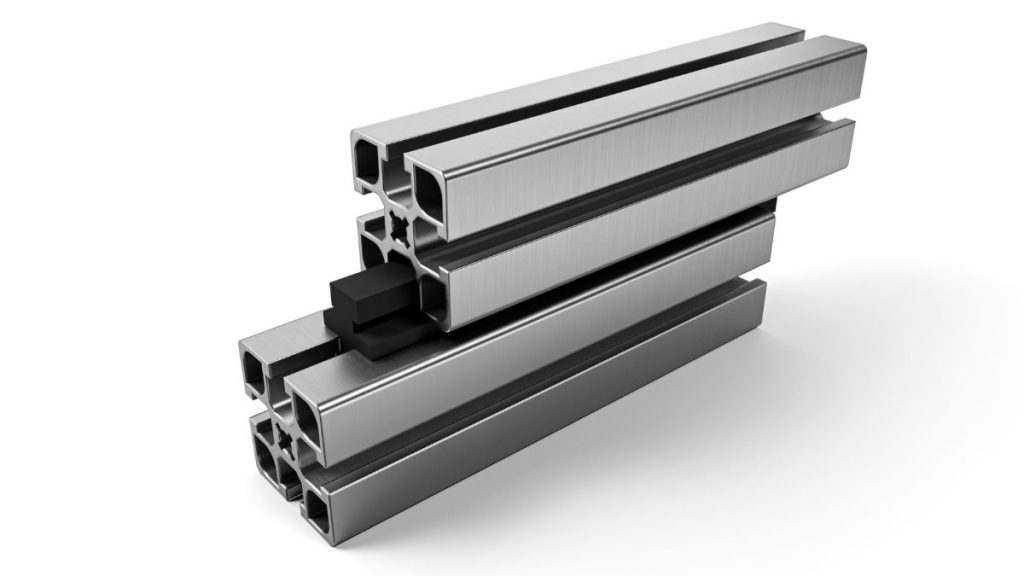
2024 Aluminum Alloy Profile Bars
Let’s take a look at the factors that contribute to your buying process:
Choose a Reputable Supplier
When you are buying 2024 aluminum alloy, it is important to choose a reputable supplier. A reliable and trustworthy supplier confirms you get high-quality material that meets industry standards (such as ASTM B221 for extrusions).
Material Certification Verification
Always ask the supplier to provide a chemical composition certificate. This document will confirm the purity and composition of the aluminum. It is important to check the alloy quality before you start production. The incorrect certification means the material might not perform as expected when being extruded.
Choosing the Right Temper
2024 aluminum alloy can be found in different tempers, including T3, T351, and T851. Each temper provides different characteristics, such as strength, ductility, and formability. Thus, you should select the temper that corresponds to the project needs and best fits your application’s requirements. You always need to strike a balance between strength and flexibility.
Strength and Formability in Harmony
For extrusion, the right temper guarantees the aluminum can bear the required loads while still being workable during production.
Communicating with Vendor
When you start discussing your specific requirements with the supplier, make sure to communicate clearly. This way, by exchanging your conditions for materials and tempers especially, you will be able to get the optimum aluminum for your extrusion project in return. Always make sure that the material meets performance criteria before proceeding with production.
Common Applications of 2024 Aluminum Alloy Extrusions
The 2024 aluminum extrusion applications are highly demanding industries such as aerospace and military because of these characteristics. The Key Applications of it are listed below:
Aerospace Structural Components
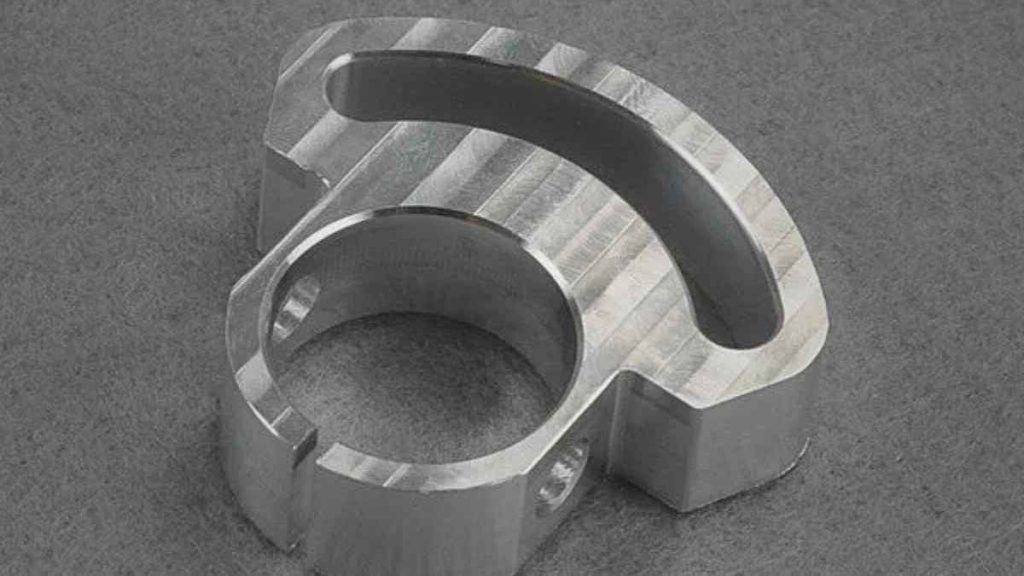
2024 Aluminum Aircraft Structural Part
Aircraft structures use 2024 aluminum. It has high strength and fatigue resistance. Under cyclic stress, the alloy performs well. Its use is common in fuselages and wings. It reduces fuel consumption and improves performance due to its lightweight. This gives it the ability to be in flight and become safe and long-lasting.
Military Armor and Defense Components
The use of 2024 aluminum is vital for the military as it features high tensile strength to be used in making armor. The durability of the alloy is increased due to increased resistance to corrosion. 2024 aluminum is used in vehicles, weapon systems, and protection plating, which is needed for military mobility in harsh environments.
Aircraft Fuselage and Wing Assemblies
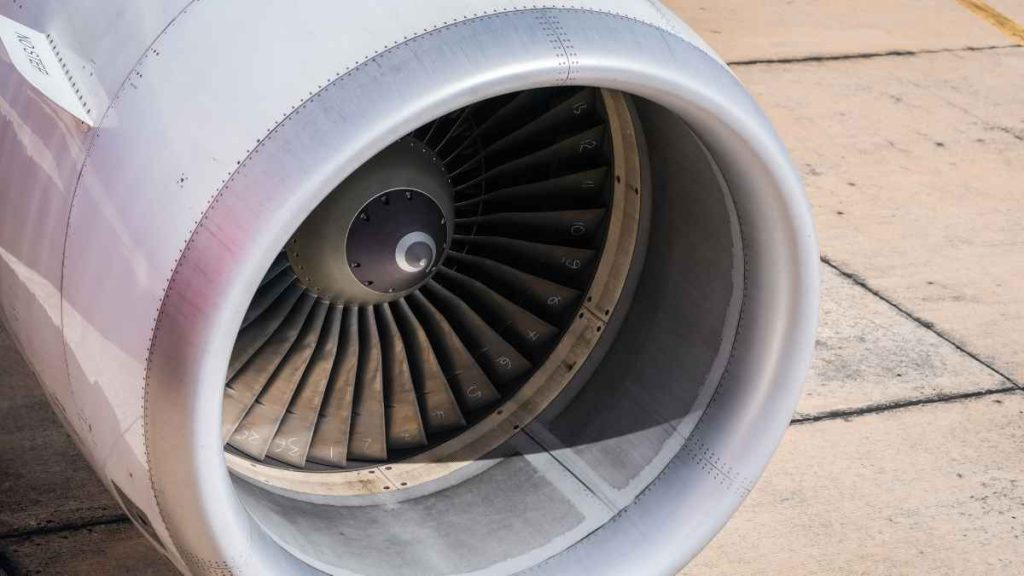
Aluminum Made Aircraft Fuselage
The alloy has good fatigue resistance and can withstand the repeated stress of takeoff and landing to a certain extent. However, it still requires regular inspections and maintenance to ensure its performance in aircraft components.”
Aircraft Trusses, Frames, and Support Structures
Trusses and frames in aircraft are made of 2024 AI. These components are loaded and need to be durable, and 2024 Aluminum provides all the desired characteristics.
High-Performance Automotive Components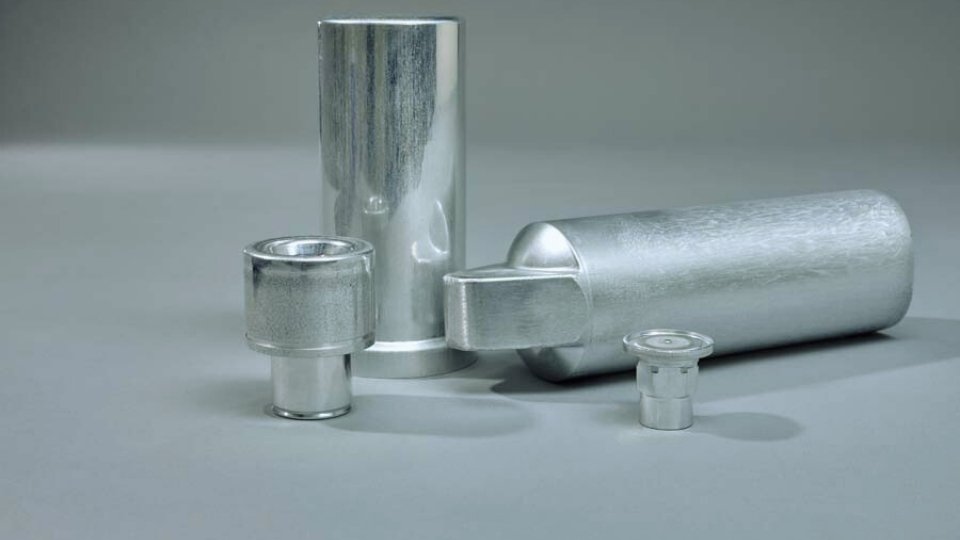
Automotive Extruded Components
Racing vehicles mostly use 2024 aluminum. It is lightweight and strong, which adds performance. The chassis and suspension, as well as engine components, are made of the alloy 2024 aluminum.
Marine and Naval Applications
Naval defense requires 2024 aluminum. It is resistant to corrosion, which makes it suitable for marine use. The alloy is employed in ship hulls and offshore equipment for lower fuel consumption, stress resistance, and saltwater exposure.
Space Exploration Components
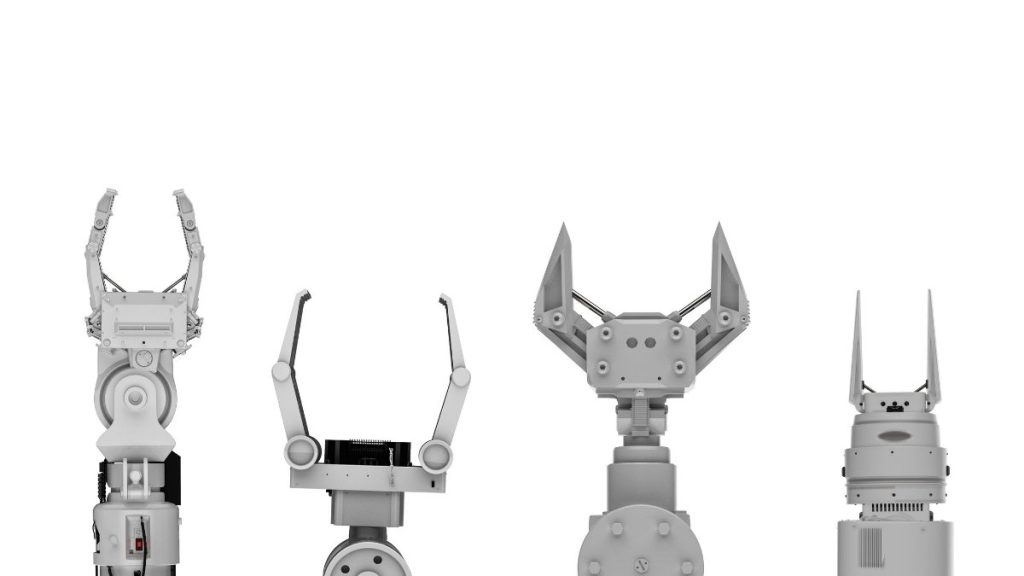
Aluminum Space Exploration Components
2024 aluminum stands for stress and high temperatures in space exploration components. It is used for launch vehicles and satellites.
Robotic Systems and Aerospace Robotics
Robots benefit from 2024 aluminum’s strength. It is used in robotic arms and frames due to weight to durability balance. The alloy is also fatigue-resistant to give the part a long service life. So, it is widely used in aerospace robotic applications.
Quality Controls in the Aluminum Extrusion Process
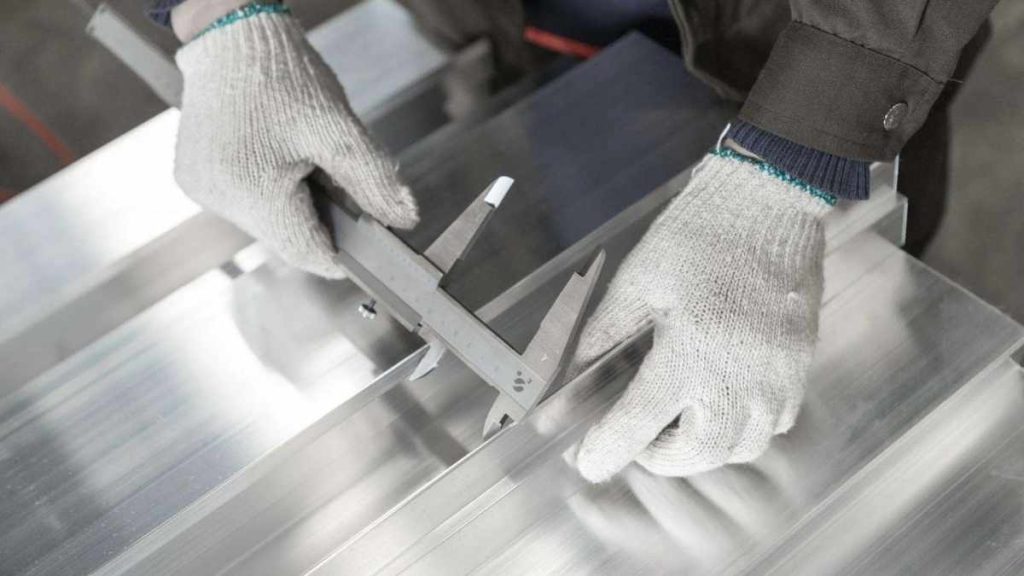
Aluminum Extrusion Process Quality Control
Here are some core aspects for aluminum extrusion manufacturers to verify quality control during the extrusion process.
Raw Material Inspection
The aluminum itself, raw 2024, is checked before it enters the extrusion process. The alloy certifications are checked for consistency (or lack thereof). This enables early detection of any impurities and inconsistencies.
Inspection and Calibration of the Die
The extrusion die has to be correctly calibrated. There are die settings that need to be set correctly for dimensions to be exact. Dimensional deviation caused by a misalignment in the die. Die checks are performed periodically to verify that extrusion remains accurate.
Second, cooling ideally should take place during the extrusion stage.
Billets need to be preheated, and so do the dies. Temperature ensures that the flow properties are optimal. Temperature variation can warp or crack it. On the contrary, stable temperatures are essential for producing stable material performance.
Control Dimensional and The Tolerances
Precise profiles are achieved with strict dimensional control. Using tools such as micrometers and calipers. Extrusion has tight tolerance limits. This allows many parts to fit properly in their applications. The performance and functional integrity of a series depends on an accurate measurement.
Surface Quality Inspection
Defects are ruled out through surface quality evaluation. Visual inspection for scratches, cracks, and pits. Imperfections are detected by measuring the surface roughness. Quality checks to see if parts had any obvious defects. This ensures the aesthetics and functionality of the piece.
Mechanical Property Testing
Mechanical properties are tested regarding strength. These are measured in tensile strength, hardness, and elongation. We also perform tests to ascertain the material’s structural integrity. The mechanical properties should ensure industry-specific standards. Testing verifies that components work reliably in actual use cases.
Control of Heat Treatment Processes
The mechanical properties of the material are improved by heat treatment. It has to be solution heat treated and properly aged. Requires strict control of temperature and timing. Strictures result in fragile profiles. These controlled heat treatments guarantee the material high strength.
Non-Destructive Testing (NDT)
Having non-destructive testing to find internal defects, Techniques such as ultrasonic and x-ray testing are employed. These methods identify flaws you cannot see on the surface. The NDT will verify that the profiles reach structural and safety criteria. The process designs reliability for the life of the part.
Visual and Functional Final Inspection
Appearance and functionality go together during the final inspection. Nominal checks make sure that the profile is deformation-free. Functional tests confirm that the part fits. Parts that clear both inspections are prepared for shipment. If any flaws are discovered, they are corrected BEFORE shipment.
Tracking and Traceability
Each batch is distinct, and full batch records are kept. We log batch numbers and process data, which guarantees the traceability of the extrusion process. Insights into the quality of production are found in the records. This makes it possible to solve any problems as soon as they occur.
Continuous Improvement
The above is an iteration of the quality control process. It serves as a foundation for ongoing improvement based on the feedback gained from inspections. Failure is analyzed to avoid future problems. Regular operator training also dictates best-practice maintenance.
2024 Aluminum Extrusion-Related Products and Accessories
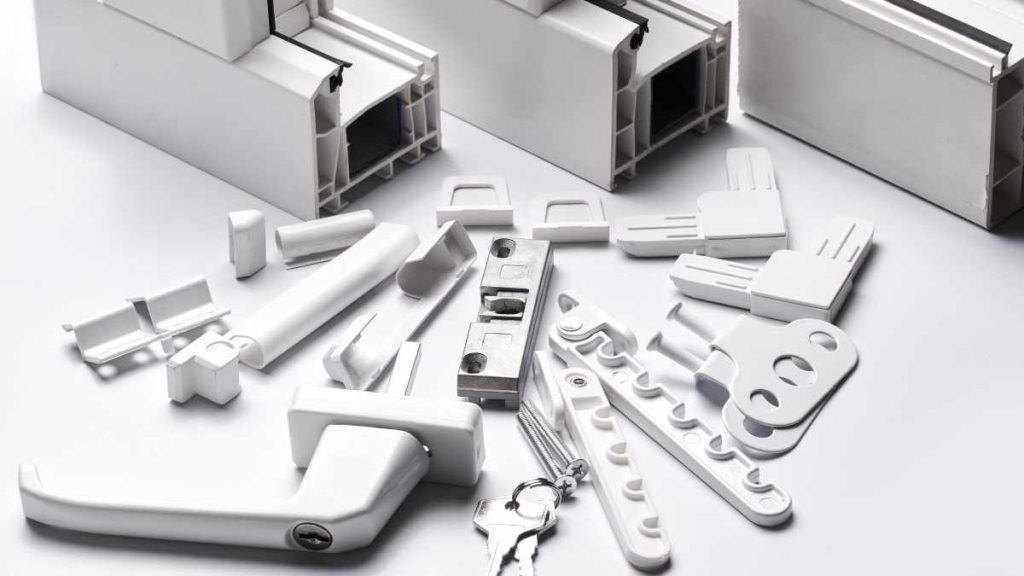
Aluminum Extrusion-Related Products and Accessories
- Extrusion Dies
- Cutting Tools
- Heat Treatment Furnaces
- Anodizing Kits
- Milling Machines
- Aluminum Profile Connectors
- Machining Oils and Lubricants
- Welding Equipment
- Extrusion Stamping Tools
- Profile Inspection Tools
- Extrusion Holders and Jigs
- Surface Finishing Machines
- Aluminum Extrusion Framing Systems
- Prototyping Services
Conclusion
Extruding 2024 aluminum alloy is challenging to process because several different factors affect the final dimensions of the extruded profile. At the same time, extruders located in China hold to world-recognized standards for extrusion procedures.
At Prolean Tech, we insist on precision at every step of the way. Before starting to extrude your 2024 aluminum profile, all tolerances are established in detail and agreed upon with the customer. Our staff will provide professional opinions concerning small design modifications, which should help reduce the need for specialized tolerances during extrusion.
Our team provides custom extrusion services from design reviews to make the process of exploiting molds better. Moreover, we offer prototyping services before tooling and large-scale production begin; it can help reduce risks, save time, and save your costs. As a result, your 2024 aluminum extrusions can be produced exactly under their designed requirements.
FAQ’s
Q1: Can 2024 Aluminum Be Extruded?
Yes, 2024 aluminum can be extruded, but it’s a bit tricky. It’s a high-strength alloy, so it’s more prone to cracking, especially in thicker sections.
Q2: What is the difference between aluminum alloy 2024 and 6061 vs. 7075 aluminum alloys?
Manufacturers preferred 2024 for aerospace use since it surpassed their most ‘futile’ expectations. But 6061 is much easier to work with and has good resistance against corrosion. While 7075 is even stronger than 2024 but just a bit more susceptible to corrosion at its edges.
Q3: What Are the Main Applications of 2024 Aluminum Alloy Extrusions?
2024 aluminum is used in the aerospace industry for fabricating aircraft parts like wings and fuselages, as well as military equipment.
Q4: What Are the Post-Processing Options for 2024 Aluminum Alloy Extrusions?
After shaping, 2024 aluminum would usually undergo heat treatment (often to T6) so that it becomes stronger. Material can also be anodized for coloring, machined in precision handling, and painted to get aesthetic looks along with effective protection.
Q5: How Can I ensure that my 2024 aluminum extrusions meet the required specifications?
You must early state your requirements to your supplier. To ensure your 2024 aluminum extrusions meet specs, check the material, measure dimensions, confirm heat treatment (T3 or T4), test strength and hardness, inspect the surface, and apply post finishings(anodizing, painting, polishing) if needed.

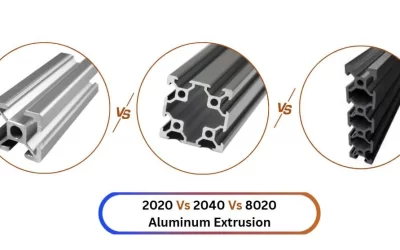
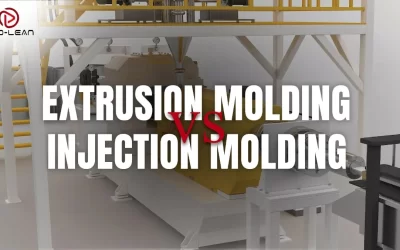
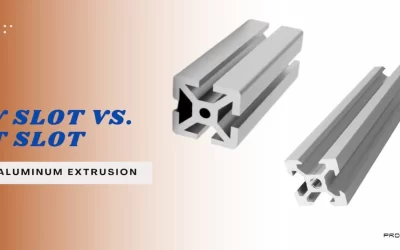
0 Comments